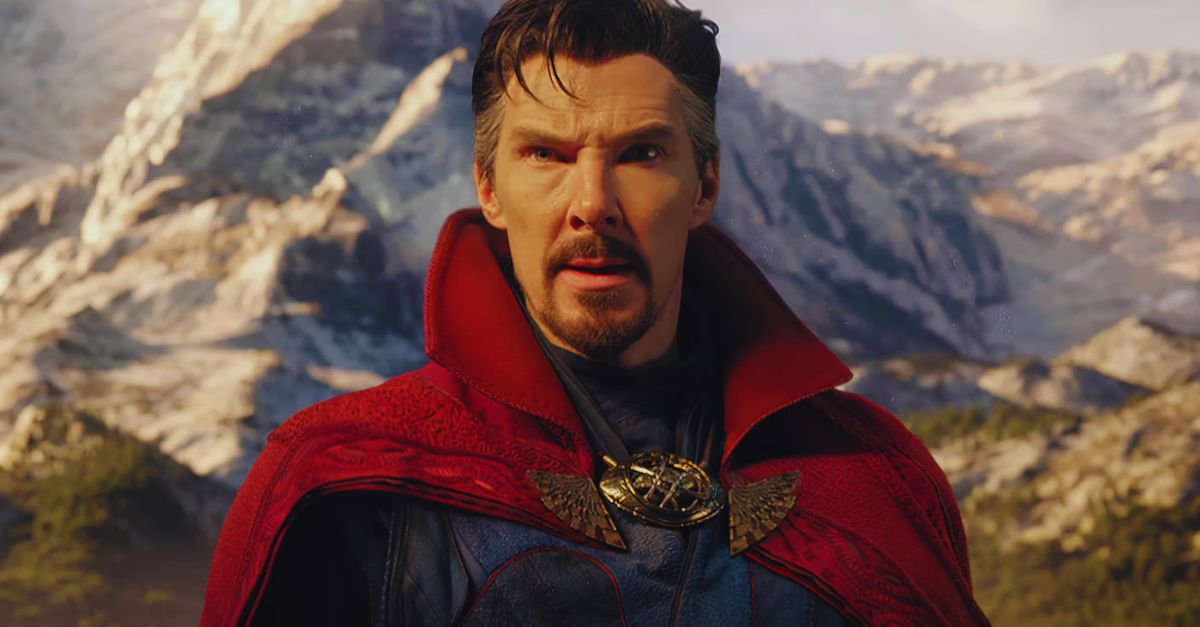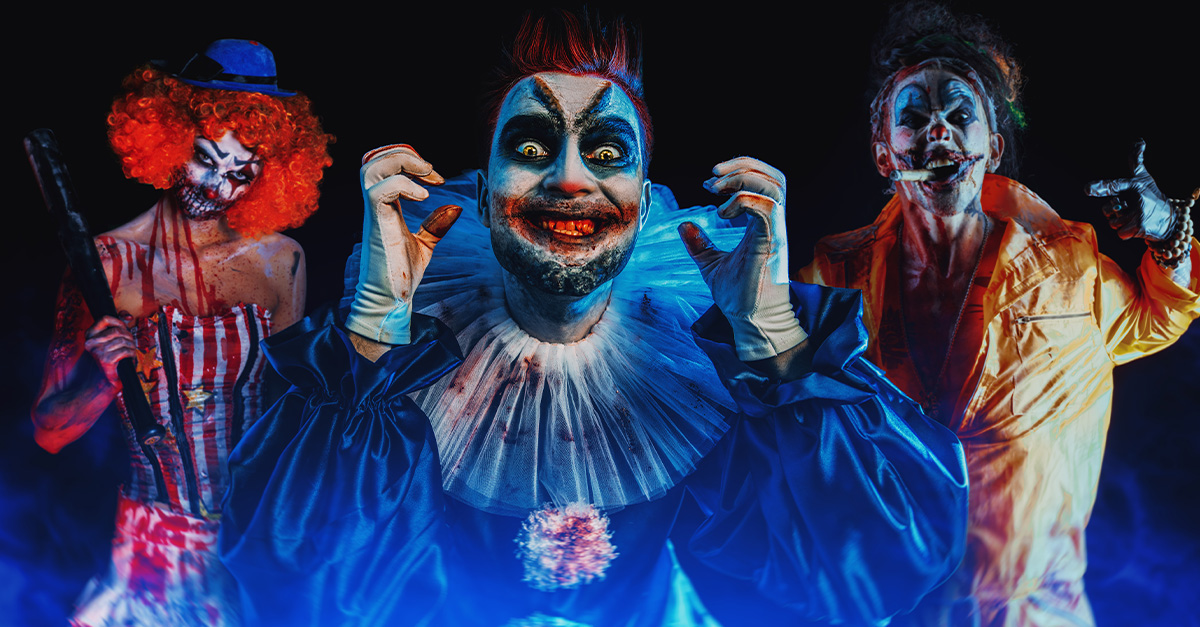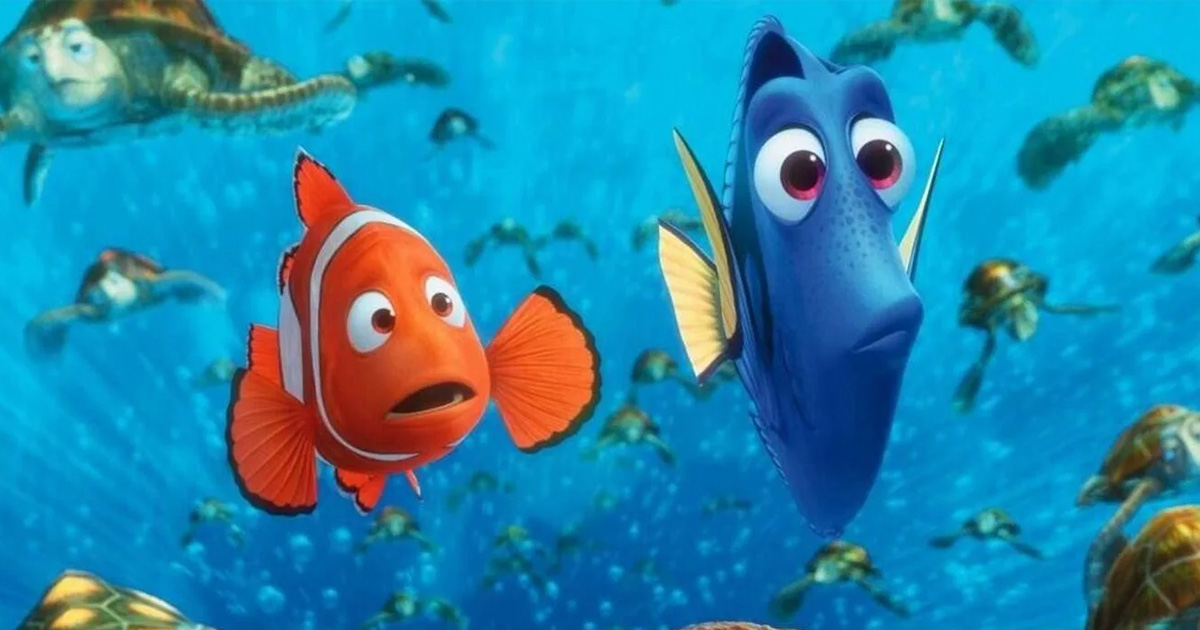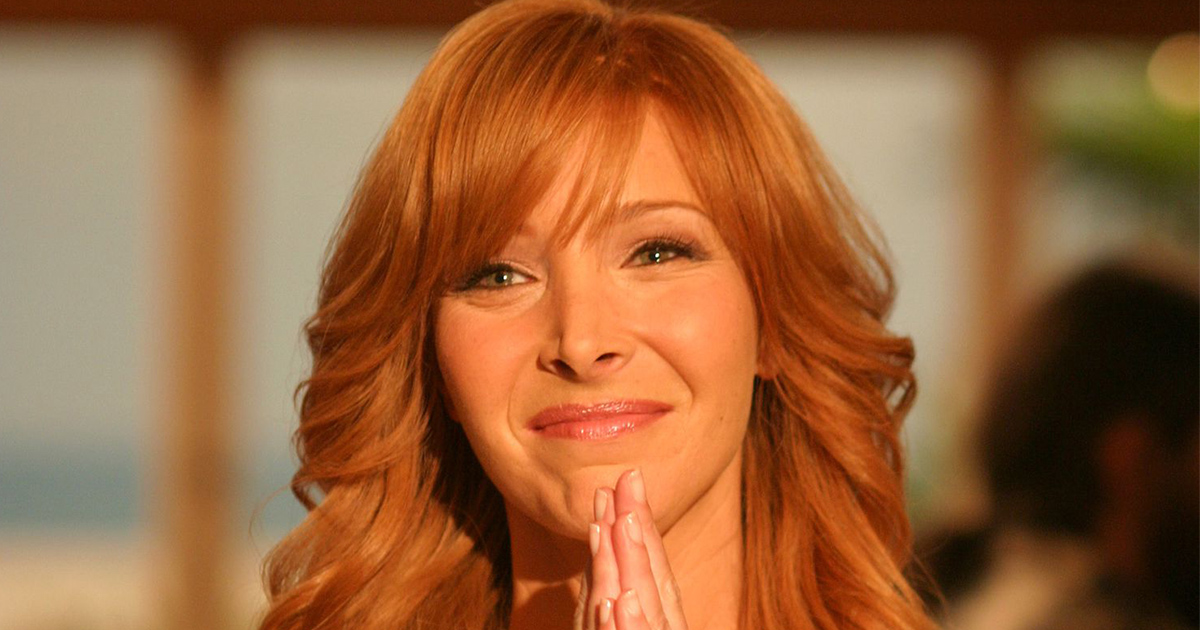Accidental Legends On Screen
Every blockbuster has a story behind the casting, and the wild part is that some icons weren’t the studio’s first pick. But when they took over, they became the faces we can’t imagine replaced.

Forrest Gump (Forrest Gump)
A Southern drawl, a box of chocolates, and Tom Hanks—none of it was meant to happen. John Travolta passed, and Hanks turned simplicity into soul. His understated delivery made Forrest timeless, even earning him an Oscar.
 Paramount Pictures, Forrest Gump (1994)
Paramount Pictures, Forrest Gump (1994)
Indiana Jones (Raiders Of The Lost Ark)
Before the whip cracked and snakes slithered, Tom Selleck was booked solid on TV. However, Harrison Ford stepped in with that roguish grin and effortlessly balanced brains and bruises. His dusty charisma made archaeology cool again and birthed a blockbuster legend.
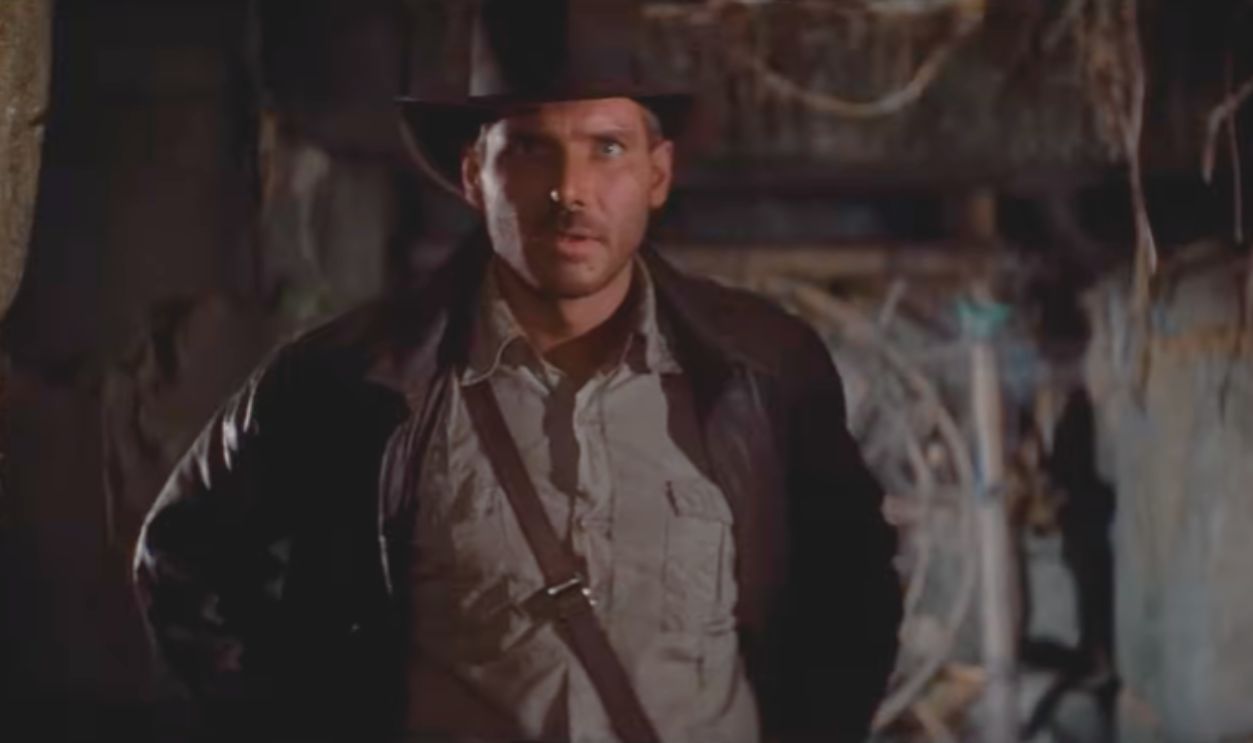 Lucasfilm Ltd., Raiders of the Lost Ark (1981)
Lucasfilm Ltd., Raiders of the Lost Ark (1981)
Wolverine (X-Men)
An unknown Australian filled a void left by Dougray Scott’s scheduling woes. Hugh Jackman clawed his way into cinematic immortality with his raw, animal intensity that defined Wolverine across nine films. The guy transformed comic grit into global recognition and launched a career forged in adamantium.
 20th Century Fox, X-Men Origins: Wolverine (2009)
20th Century Fox, X-Men Origins: Wolverine (2009)
Michael Corleone (The Godfather)
Studio execs pictured a blond leading man, not a quiet Italian-American with piercing eyes. Al Pacino changed their minds fast. That cold restaurant stare redefined screen menace. He made silence dangerous, and that detail gave The Godfather its unforgettable tension.
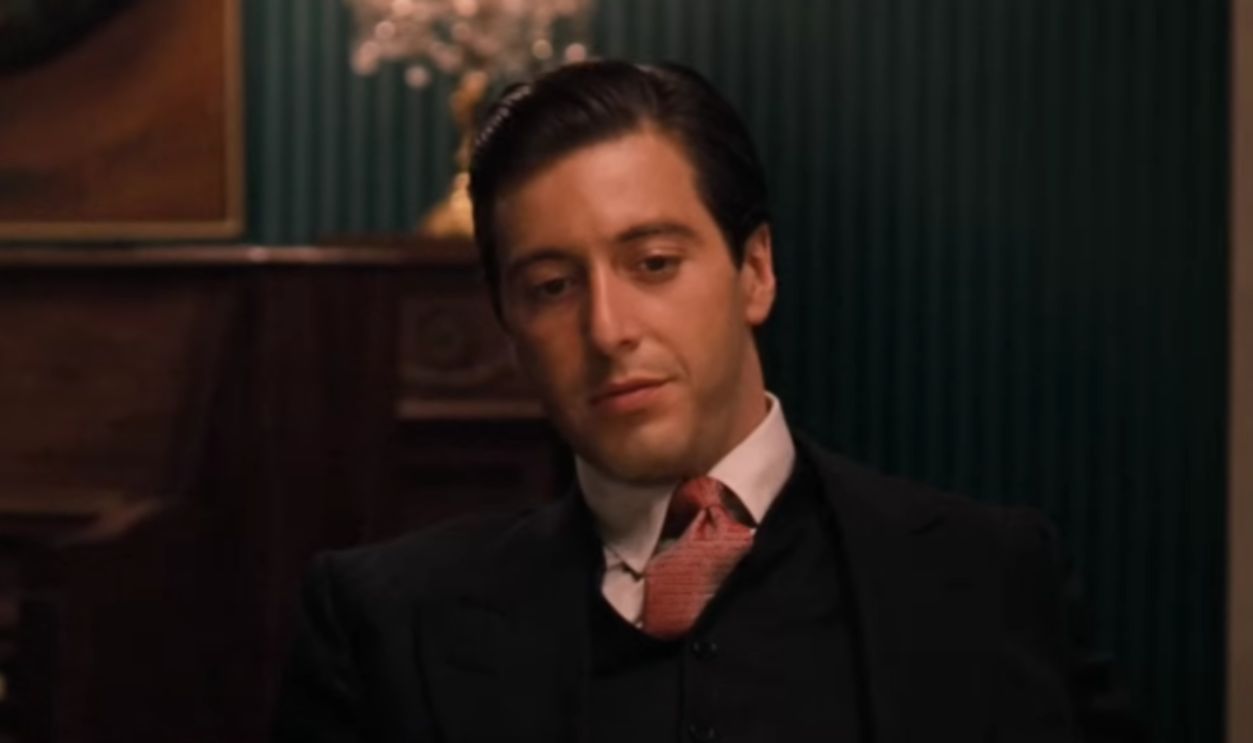 Paramount Pictures, The Godfather (1972)
Paramount Pictures, The Godfather (1972)
Aragorn (The Lord Of The Rings)
Few actors join an epic mid-filming and thrive. Viggo Mortensen did—handed a sword and destiny overnight after Stuart Townsend’s exit. His world-worn grace turned a fantasy warrior into a reluctant king audiences could believe in. Exhaustion and duty shaped every frame.
 Warner Bros. Pictures, The Lord of the Rings: The Return of the King (2003)
Warner Bros. Pictures, The Lord of the Rings: The Return of the King (2003)
Vivian Ward (Pretty Woman)
Michelle Pfeiffer turned down a script she found too dark. But Julia Roberts said, “Give that to me”. What started as a gritty LA story became a romantic dream. Roberts’s charm rescued Pretty Woman and rewrote the fairy tale formula.
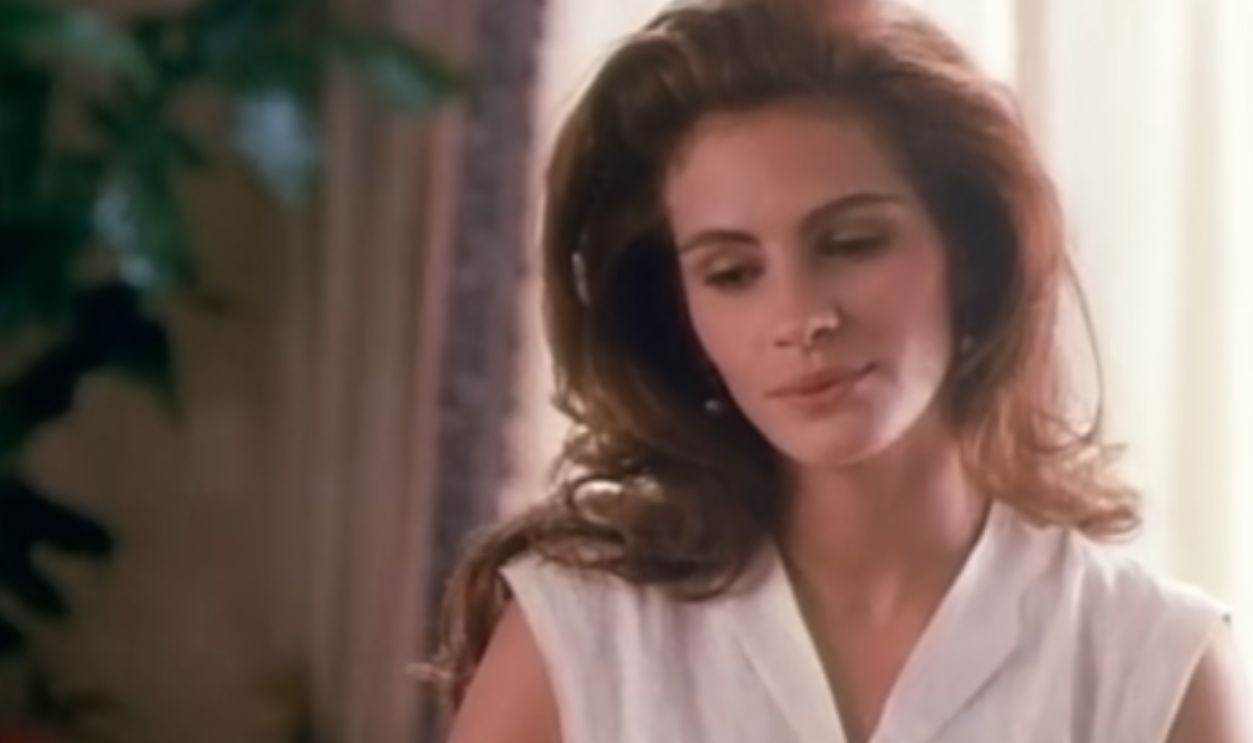 Buena Vista Pictures, Pretty Woman (1990)
Buena Vista Pictures, Pretty Woman (1990)
Jason Bourne (The Bourne Identity)
No one expected Matt Damon to punch, leap, and outwit assassins. The studio wanted a grittier star like Russell Crowe. Yet Damon’s sharp restraint made spy thrillers feel real. And because of that, The Bourne Identity set a new standard for hand-to-hand chaos and identity crises.
 Universal Pictures, The Bourne Identity (2002)
Universal Pictures, The Bourne Identity (2002)
Katniss Everdeen (The Hunger Games)
A casting race filled with rising stars ended with Jennifer Lawrence’s audition tape—steady and unshakable. Her performance grounded dystopia in realism, and The Hunger Games exploded into a franchise, powered by a heroine whose defiance mirrored her audience’s hope.
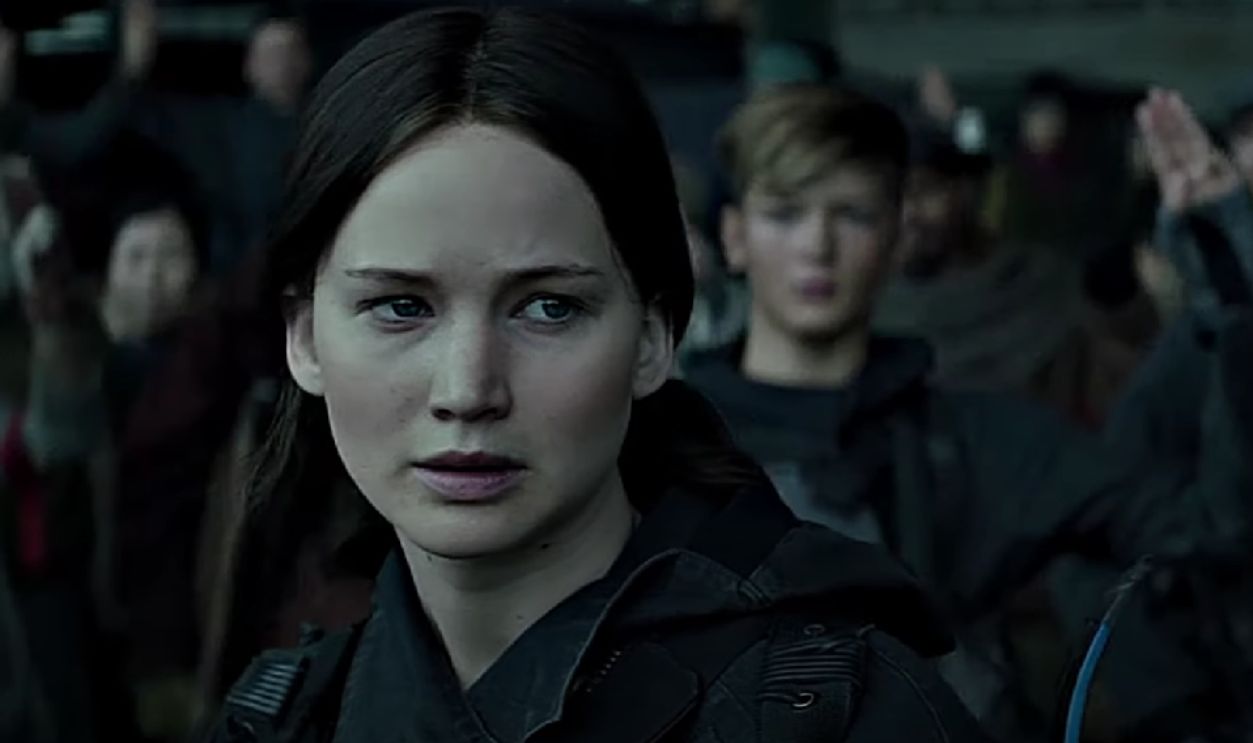 Lionsgate, The Hunger Games (2012)
Lionsgate, The Hunger Games (2012)
The Joker (The Dark Knight)
There are very few roles that completely redefine villains. But Heath Ledger stepped up and delivered. Rejected by early skeptics, he modeled chaos after punk icons. His anarchic genius made The Dark Knight darker, smarter, and permanently etched into film history.
 Warner Bros. Pictures, The Dark Knight (2008)
Warner Bros. Pictures, The Dark Knight (2008)
Marty McFly (Back To The Future)
Weeks of footage with Eric Stoltz fell off. Enter Michael J Fox—sleep-deprived and born for the DeLorean. The manic timing he brought on board turned time travel into comedy gold. As a result, Back to the Future became an 80s signature of sci-fi brilliance.
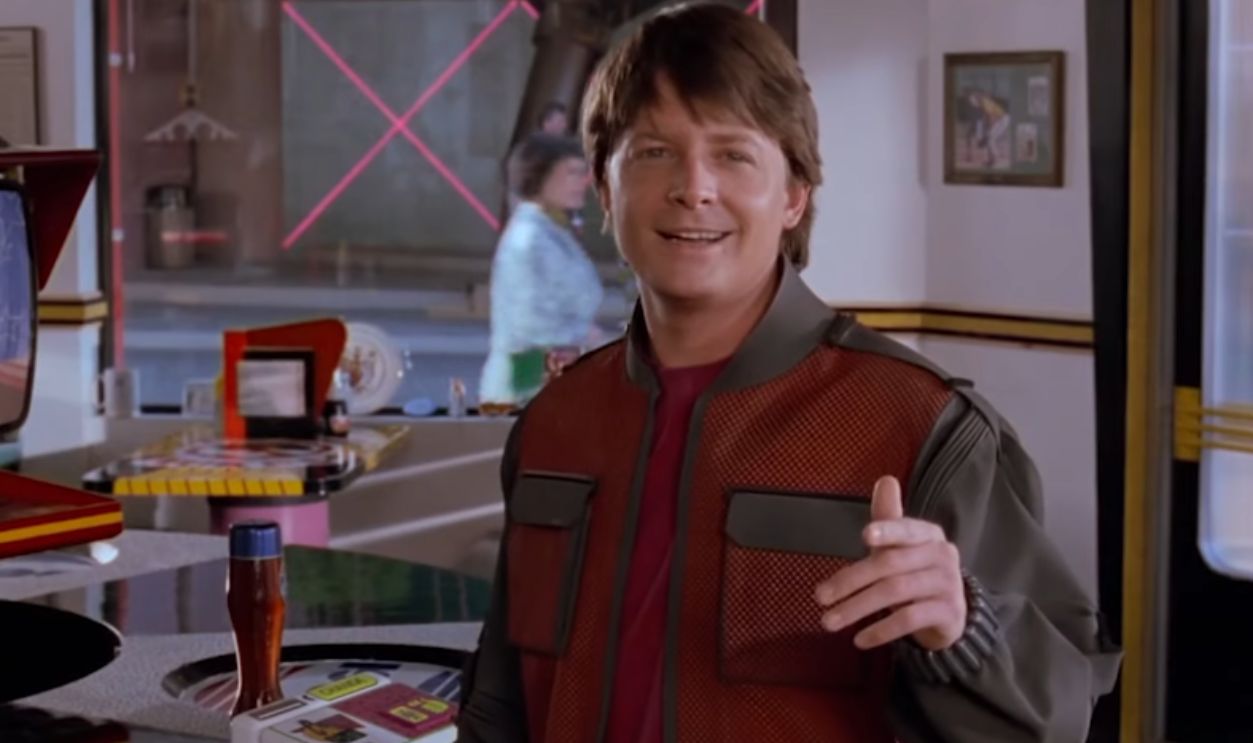 Universal Pictures, Back to the Future (1985)
Universal Pictures, Back to the Future (1985)
Mary Poppins (Mary Poppins Returns)
The shoes once worn by Julie Andrews were daunting to fill. But Emily Blunt stepped into them with her own brisk confidence and dry humor. Instead of imitation, she crafted a modern nanny steeped in nostalgia, earning praise for reviving a nearly untouchable classic.
 Walt Disney Studios Motion Pictures, Mary Poppins Returns (2018)
Walt Disney Studios Motion Pictures, Mary Poppins Returns (2018)
Noah Calhoun (The Notebook)
Casting directors sought traditional heartthrobs before settling on Ryan Gosling, chosen for being “not handsome in a Hollywood way”. That gamble paid off. His quiet, grounded approach cut through the film’s sentimentality, and it made The Notebook endure as a love story rooted in believable devotion.
 Warner Bros. Pictures, The Notebook (2004)
Warner Bros. Pictures, The Notebook (2004)
Jack Dawson (Titanic)
The ship of dreams nearly sailed with Matthew McConaughey at the helm. However, thanks to Leonardo DiCaprio, he brought something else entirely—a boyish charm underscored by grit. His performance balanced romantic idealism with working-class edge.
 Paramount Pictures, Titanic (1997)
Paramount Pictures, Titanic (1997)
Andy Sachs (The Devil Wears Prada)
Rachel McAdams declined, leaving room for Anne Hathaway to slip into the world of designer chaos. What followed was a portrait of ambition and exhaustion any young professional could recognize. Her performance captured the tug between aspiration and identity with millennial precision.
 20th Century Fox, The Devil Wears Prada (2006)
20th Century Fox, The Devil Wears Prada (2006)
Maximus Decimus Meridius (Gladiator)
Producers pictured Mel Gibson leading Rome’s rebellion; he turned it down, citing age. Russell Crowe entered the arena instead, driven by raw conviction. His stoic defiance in Ridley Scott’s sweeping epic became a reference point for cinematic honor and vengeance done right.
 DreamWorks Pictures, Gladiator (2000)
DreamWorks Pictures, Gladiator (2000)
Tony Stark (Iron Man)
The studio worried Robert Downey Jr carried too much baggage, but director Jon Favreau fought for him anyway. What followed redefined superhero storytelling—snark meeting sincerity. That casting kickstarted the Marvel era, anchored by a performance rooted in wit, intelligence, and redemption arcs.
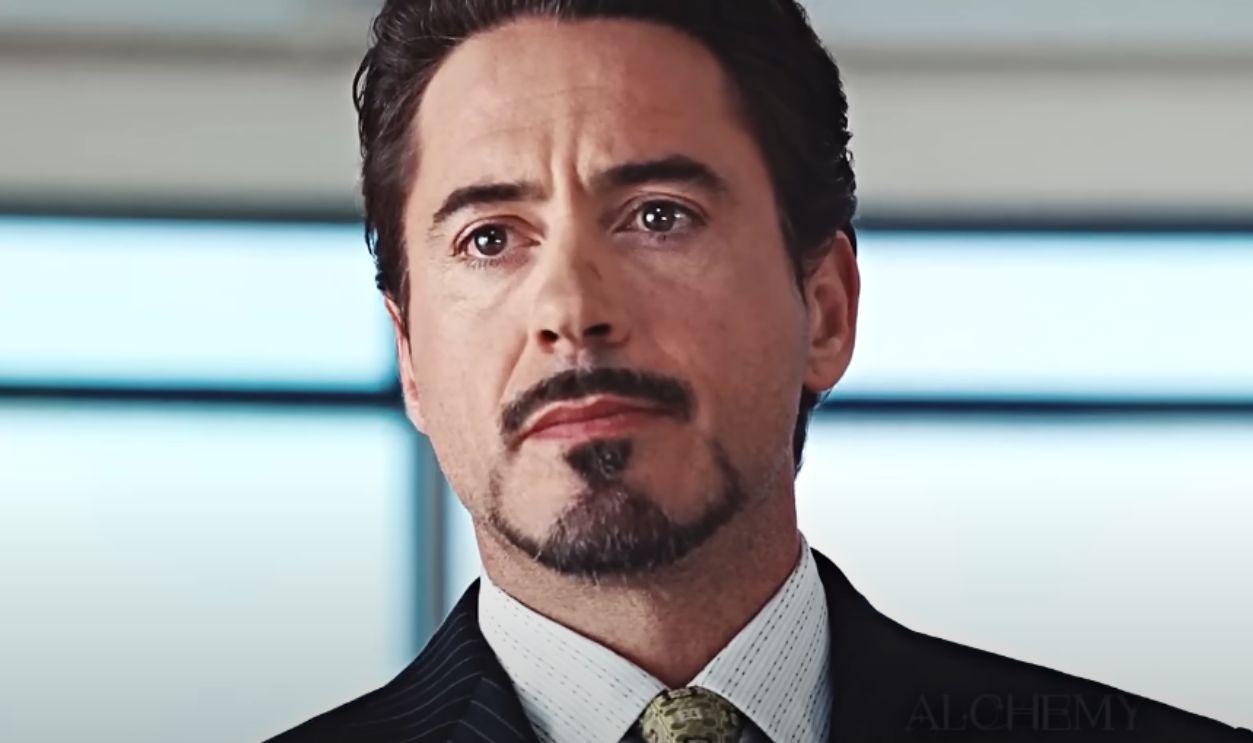 Credit: Paramount Pictures, Iron Man (2008)
Credit: Paramount Pictures, Iron Man (2008)
Leigh Anne Tuohy (The Blind Side)
A script meant for Julia Roberts landed in Sandra Bullock’s hands. She stripped away the gloss to reveal maternal grit rather than glamour. Bullock’s blend of steel and empathy mirrored real-life resilience, and it all led to her earning an Oscar.
 Warner Bros. Pictures, The Blind Side (2009)
Warner Bros. Pictures, The Blind Side (2009)
Thor Odinson (Thor)
Liam Hemsworth nearly wielded the hammer first, but his brother’s screen test changed minds fast. Chris Hemsworth delivered myth-sized charm that matched the muscle. His comedic timing balanced Norse legend with heart, turning Thor into one of Marvel’s most human gods.
 Paramount Pictures, Thor (2011)
Paramount Pictures, Thor (2011)
Han Solo (Star Wars)
George Lucas used Harrison Ford only to read lines for auditions—until the swagger felt too natural to ignore. That accidental casting shaped one of cinema’s most beloved rogues. Ford’s easy sarcasm turned a space smuggler into an intergalactic icon.
 20th Century Fox, Star Wars (1977)
20th Century Fox, Star Wars (1977)
Neo (The Matrix)
Will Smith passed, choosing Wild Wild West instead. The role found Keanu Reeves, who trained obsessively in martial arts and philosophy before cameras rolled. His calm detachment, paired with wired precision, shaped a cyberpunk hero whose questions about reality still echo across decades.
 Warner Bros., The Matrix Reloaded (2003)
Warner Bros., The Matrix Reloaded (2003)
Rose DeWitt Bukater (Titanic)
Casting almost leaned toward Gwyneth Paltrow, but Kate Winslet wouldn’t stop calling James Cameron. And this persistence worked. Her portrayal captured grace within the confines of aristocratic society. The way she looked back at the ship before boarding remains one of cinema’s quietest heartbreaks.
 Paramount Pictures / 20th Century Fox, Titanic (1997)
Paramount Pictures / 20th Century Fox, Titanic (1997)
Daniel Hillard (Mrs Doubtfire)
Behind the prosthetics, Robin Williams was improvising entire takes that crew members could barely keep up with. Others had circled the part, but no one matched that chaos and compassion. His kitchen fire scene became the blueprint for heartfelt comedy.
 20th Century Fox, Mrs. Doubtfire (1993)
20th Century Fox, Mrs. Doubtfire (1993)
Detective David Mills (Se7en)
Producers envisioned Denzel Washington, yet Brad Pitt stepped into the bleak, rain-soaked cityscape. His sharp impatience clashed with Morgan Freeman’s calm, sparking every interrogation. That explosive finale—equal parts rage and horror—cemented Se7en as one of the darkest crime thrillers of the 1990s.
Doctor Stephen Strange (Doctor Strange)
Marvel nearly inked Joaquin Phoenix before Benedict Cumberbatch joined mid-schedule chaos. Months of movement coaching and hand choreography paid off. His theatrical background lent the sorcerer an academic arrogance that felt earned. The cloak flips weren’t just CGI—they were choreography with character.
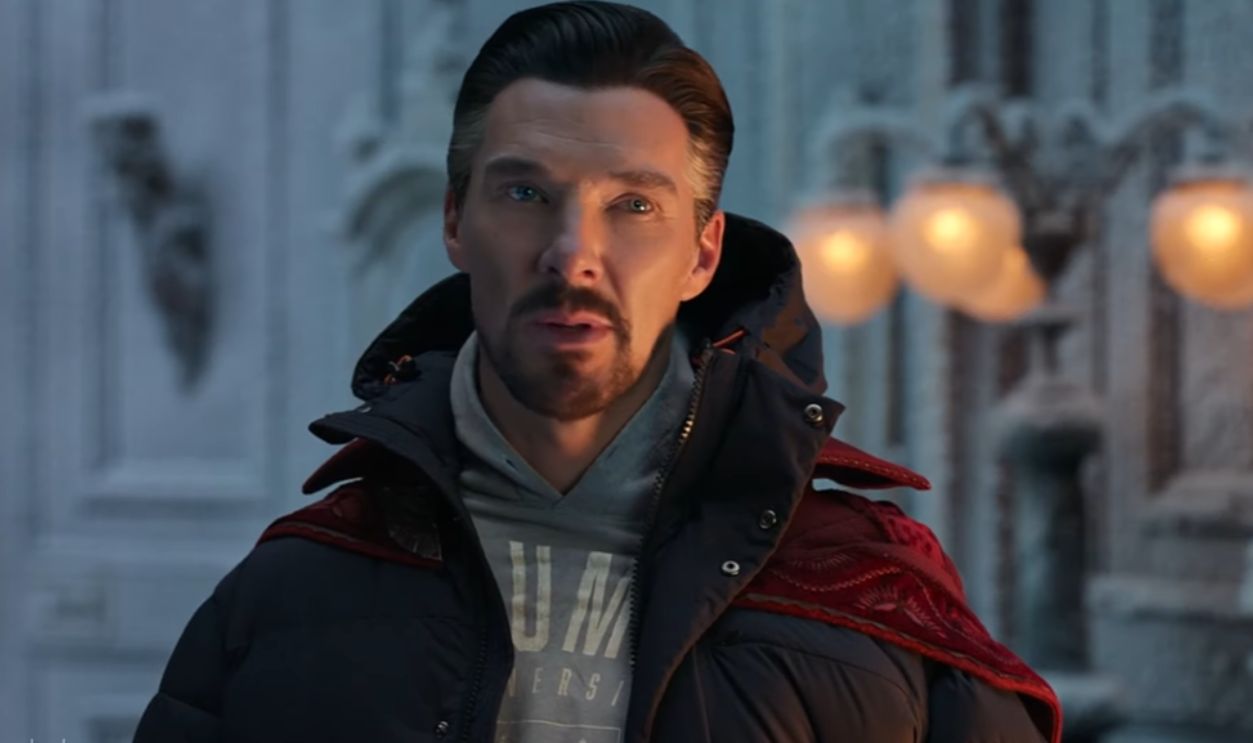 Walt Disney Studios Motion Pictures, Doctor Strange (2016)
Walt Disney Studios Motion Pictures, Doctor Strange (2016)
James Bond (Casino Royale)
Critics mocked the blond hair and unfamiliar name before release day. Then Daniel Craig sprinted, bled, and fought like Bond never had. Casino parkour and brutal realism replaced quips. The franchise rebooted overnight to prove reinvention could honor tradition and thrill purists alike.
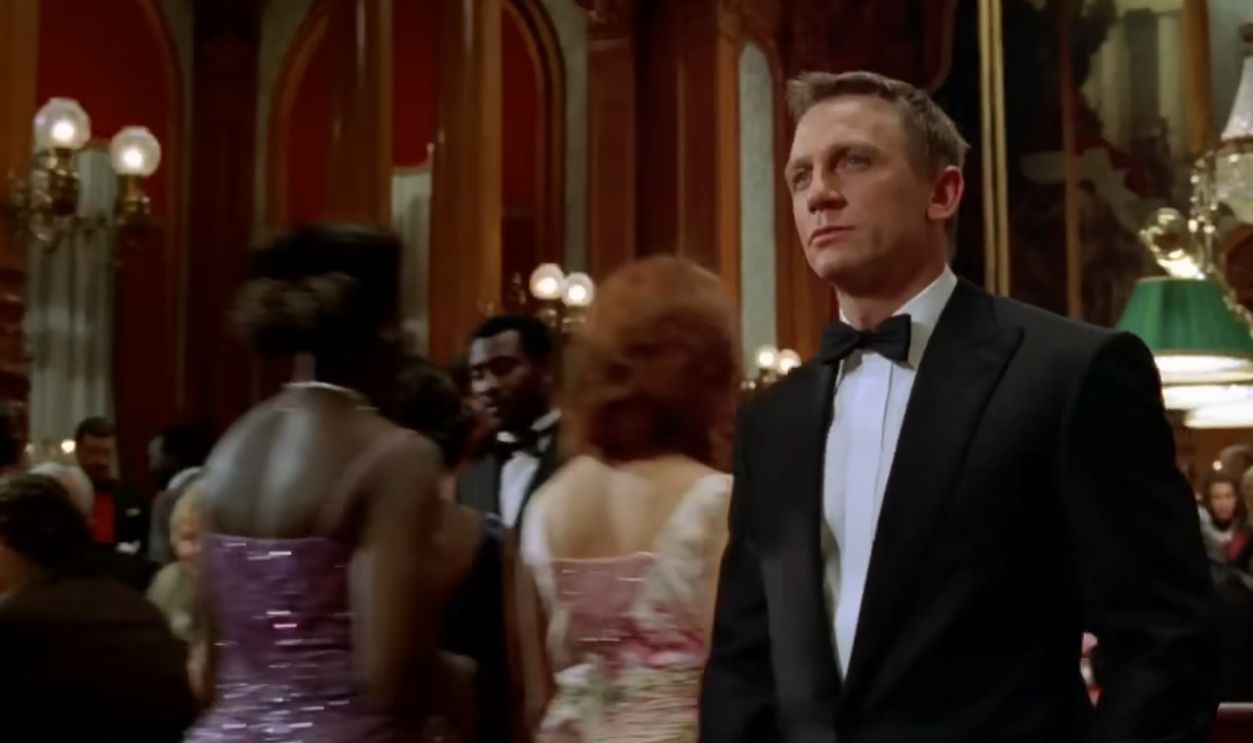 Sony Pictures Releasing, Casino Royale (2006)
Sony Pictures Releasing, Casino Royale (2006)

